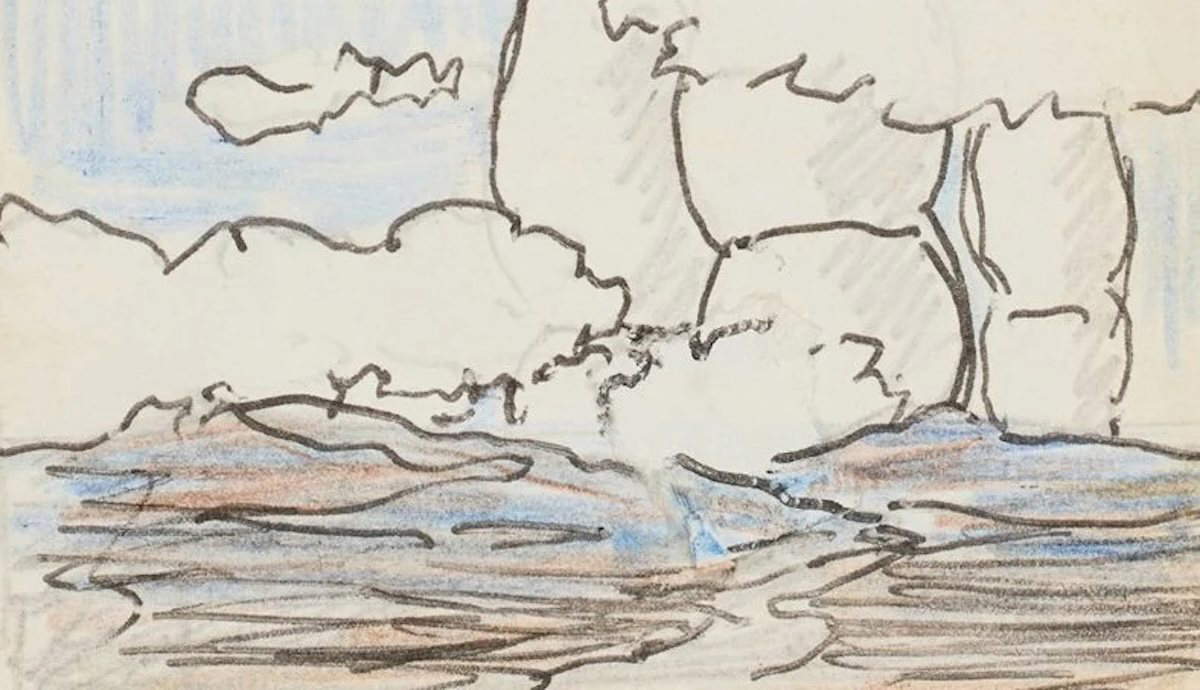
An ongoing excavation at the ancient Roman city of Pompeii yielded an unusual pair of marble funerary statues. The figures depict a man in a toga and a bejeweled woman, who experts believe may have been a Pompeiian priestess.
Statues Found at Pompeii’s Porta Sarno Necropolis

Archaeologists unearthed the pair of relief statues at Pompeii‘s necropolis of Porta Sarno, which dates back to the 4th and 3rd centuries BCE. The statues are nearly life-sized and were found during ongoing excavations of a monumental tomb located just outside the Porto Sarno entrance gates. Experts believe the tomb and its funerary sculptures date back to the Late Republic period, which lasted from 133 to 31 BCE. The necropolis would not have been used after Pompeii was destroyed by the eruption of Mount Vesuvius in 79 CE.
According to Gabriel Zuchtriegel, director of Pompeii Archaeological Park, the pair of statues may depict a “well-to-do young married couple.” But he clarified that the male figure “could be her husband, but it could also be her son. There was no inscription, so we don’t know.”
Female Figure May Have Been a Pompeiian Priestess

The female figure is slightly taller than her toga-clad partner. She is depicted carrying laurel leaves, which may indicate she was a priestess. Laurel leaves were historically used by priests and priestesses to purify spaces during religious ceremonies. The statue also wears a veil and is bejeweled with earrings, rings, bracelets, and a lunula, a crescent moon amulet thought to ward off evil forces. The lunula may suggest the woman was a priestess of the cult of Ceres, the Roman goddess of agriculture and fertility. Ceres was associated with the moon, the phases of which were believed to affect crops. The presence of the amulet could mean the goddess was particularly important to the ancient Pompeiians.
“The delicacy and detail of the sculpture is remarkable,” reads a journal report about the latest Pompeii find. “We can appreciate the careful carving of the hands, fingers, and nails. We can also see the detailed work on the folds of the clothing and the ornaments.”
Archaeologist Llorenç Alapont, who is leading the current dig at Pompeii’s Porto Sarno, said, “These types of sculptures are very rare in southern Italy. It is even more unusual to find reliefs of priestesses holding their religious objects. It is clear that there were priestesses of Ceres in Pompeii, but this statue provides new evidence of the importance of the cult in the city.”









